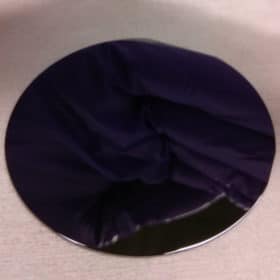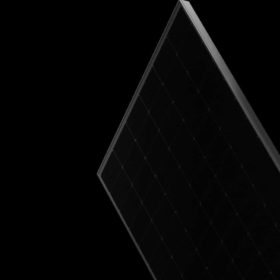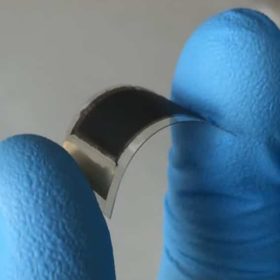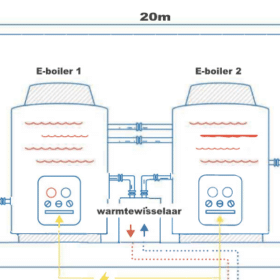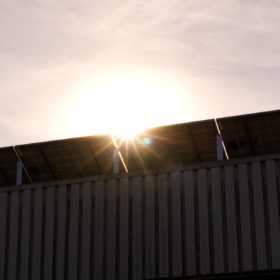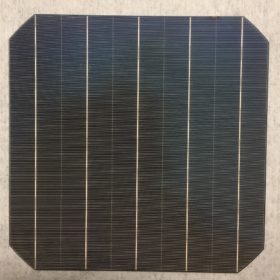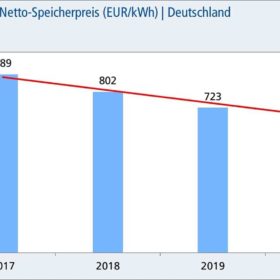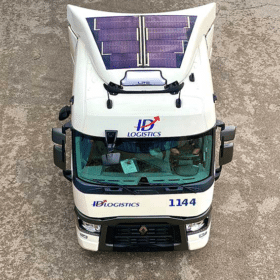Australian research prompts rethink on silicon heterojunction cell production
Defect engineering for silicon heterojunction solar cells has come a long way. But Matthew Wright, a solar researcher at the University of New South Wales, asks whether these proven efficiency gains could be applied more effectively.
Watch how this solar array will boost the International Space Station’s power capacity
The solar cells for the space station were provided by Boeing’s subsidiary Spectrolab.
Four-terminal III-V solar cell with 32.57% efficiency
Scientists at the US National Renewable Energy Laboratory have simulated a III-V solar cell by stacking gallium arsenide films onto interdigitated back contact silicon solar cells with a glass interlayer. The scientists have already done some initial mini-module integration work, but significant size scaling will ultimately be needed to reach commercialization. The cell currently has an active area of 1 cm2.
Longi unveils n-type, TOPCon bifacial module with 22.3% efficiency
The 144-cell module is available in six versions with power ratings ranging from 545 W to 570 W and efficiency between 21.3% and 22.3%. The product measures 2,256×1,133x35mm and weighs in at 32.3kg.
Perovskite stability, and the effects of defects
An international team of scientists fabricated perovskite solar cells which retained almost all of their initial 21% efficiency after 1,000 hours under continuous operation at their maximum power point. The researchers credit this performance to their discovery of an additive that served to ‘block’ ions that cause device degradation, and also hope their work will contribute to an improved understanding of the relationship between efficiency and stability in perovskite PV.
Giant electric boiler energized by wind and solar in the Netherlands
Swedish energy company Vattenfall is planning to build a 150 MW electric boiler near Amsterdam under the Netherlands’ SDE+ program for large scale renewables. The facility is planned to operate when a lot of electricity from wind and sun is available and to supply hot water to households in the city and its surrounding areas.
Nano-micro-scale cooler for solar modules
The proposed technique is based on radiative cooling and consists of a glass coating made with a two-dimensional subwavelength nanostructured grating, which is imprinted in soda-lime glass and has enhanced mid-infrared emissivity, and a micro-structured grating. The temperature decrease provided by the nano-micro-grating coating was found to be approximately up to 5.8 degrees Celsius.
Bifacial n-type TOPCon cell with 22.6% efficiency
The device also showed an open-circuit voltage of 702 mV, a short-circuit current of 40 mA/cm2, and a fill factor of 79.7%. It has a large area of 239 cm².
German homeowners discouraged by storage costs
About three-quarters of German solar installers offered residential storage systems last year, according to EUPD Research. Such products have become cheaper, but many people are still discouraged by the high price of storage.
Flexible PV fabric for heavy transport
France’s Solar Cloth has announced that Renault Trucks has listed it as a supplier for its factories.


